Manage my passport? What's to manage, you may be thinking. Well, nowadays there are lots of…
When and Where Will You Travel Next?
Countries across the world are trying to figure out how to open back up, hotels are coming back online with stringent new rules, the airlines are prepping for increased ridership and Americans are making decisions about when and where to travel next.
According to comprehensive research done by Azurite Consulting and reported in some of the travel trade publications, until there is a vaccine 36% of the populace will not fly internationally, 30% won’t fly domestically and 26% won’t’ stay in a hotel. 25% say they will never go on a cruise again… period.
The flip side of that is that the vast majority are considering flying, staying at hotels and cruising. As a practical matter, I’m convinced that as we progress through these times, people will let their guard down more and more as confidence grows that the crisis is passing and will return to the skies and the seas for vacations.
The question is how quickly will that happen? I predict it will come down to the availability of a reliable vaccine.
A friend who has been an American Airlines flight attendant for decades just told me that beginning in July, all COVID-related leave has been canceled for July for their regional jet service personnel. In other words, folks are already increasing travel for short-haul flights, which is the precursor to being comfortable with long-haul routes.
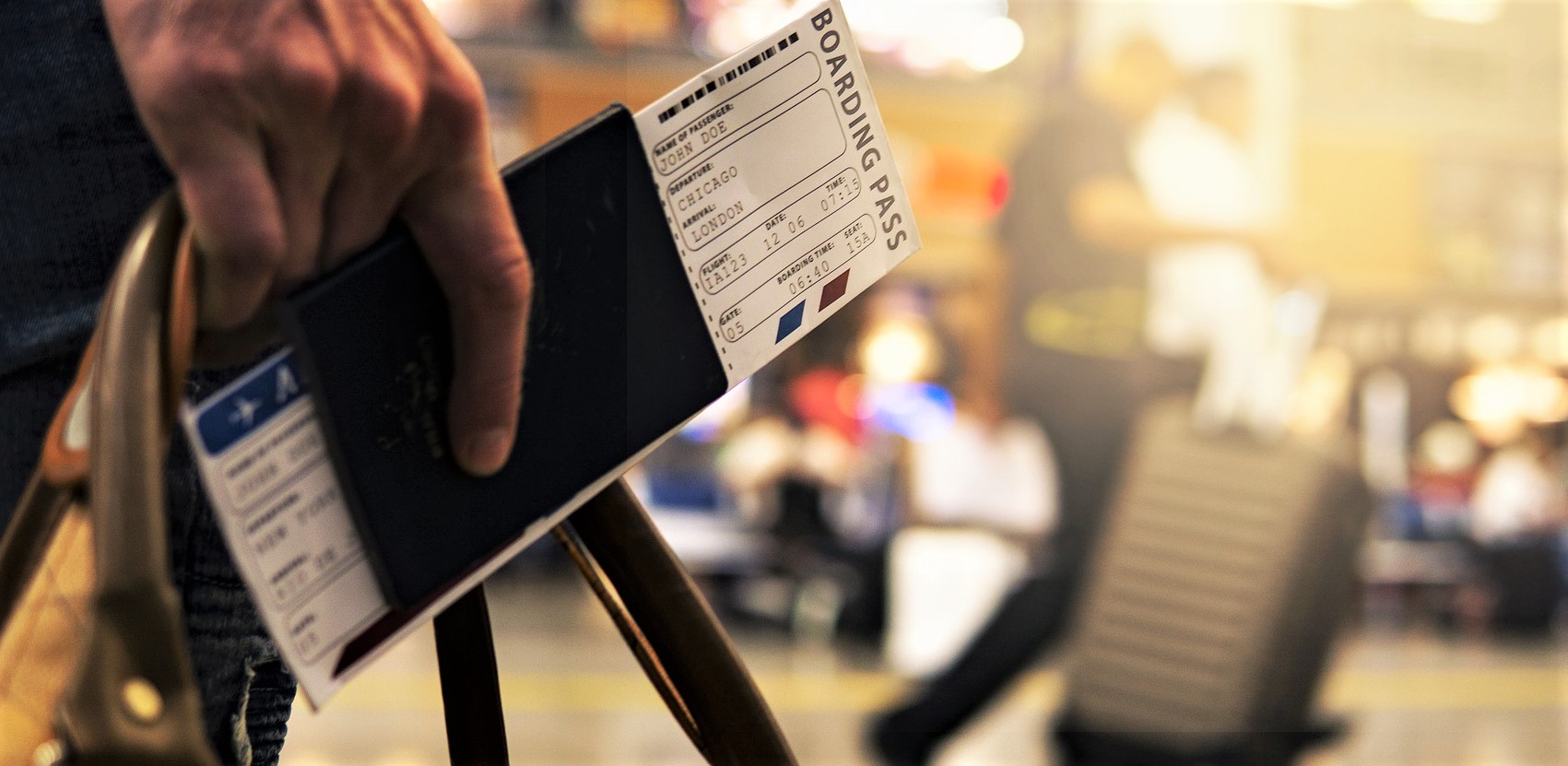
An article in Travel Agent Central reports that a different survey shows that as stay-at-home orders and other travel limitations are eased, 61% of Americans will first visit family and friends. 16% said they just didn’t know where their first trip would be (I’m guessing because they are taking a wait and see attitude about travel in general), 13% would travel somewhere in the U.S. but not to visit family/friends.
Yet another research report shows that nearly two-thirds of Americans (65%) are looking forward to traveling again to both international and domestic destinations. This particular survey was of frequent travelers 56% of which said they felt comfortable spending as much on a flight today as they did before COVID-19, and 80% said they are willing to travel 3-7 nights during their first post-pandemic trip.
You might be wondering what the current restrictions are. With the exception of cruises, the only real restrictions within the U.S. are based on availability, although airlines have cut service to many smaller airports and reduced flight frequency overall.
My local Sarasota airport lost service from Jet Blue and Elite Airways. I suspect we will get it back next year, but all the airlines are focusing on the money routes first and will add flights as the demand grows. American is flying daily from Miami to London, Heathrow but the only ones who can take those flights are UK residents.
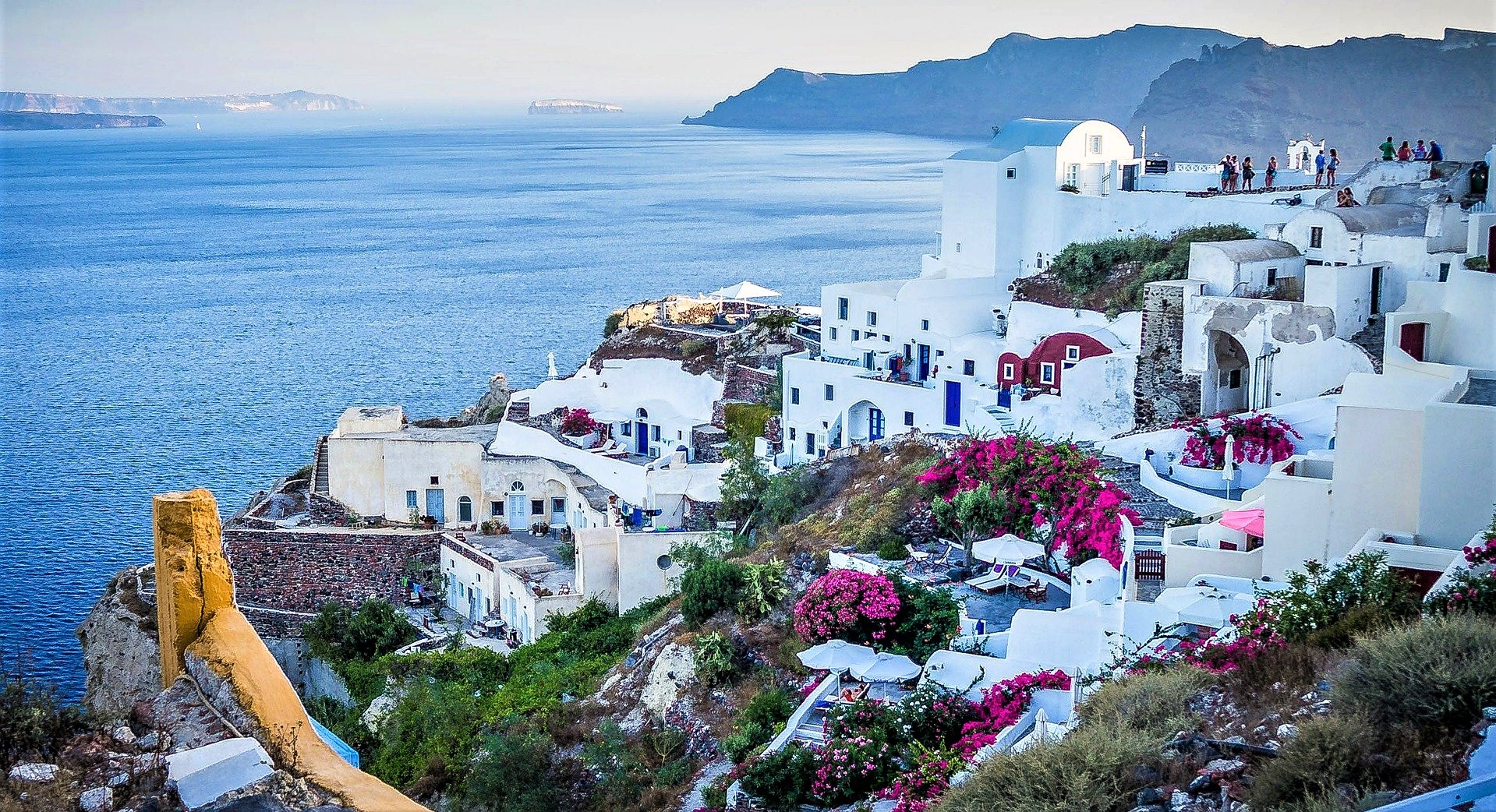
So, what areas are opening up? Greece has basically announced come one, come all in their bid to get the tourism sector of their economy fully functioning again. However, while most of Europe is slowly re-opening and some countries are allowing limited travel from adjacent countries, there will be severe restrictions on admitting Americans until at least August or September, maybe much longer.
The U.S. Virgin Islands, Jamaica, St. Lucia, Aruba, Grenada, Antigua and Barbuda are open and other Caribbean destinations have announced they will open in July, although some have closed their cruise ship ports until next Spring.
Our next-door neighbors are likely to open up in the coming month or so, with Mexico reopening tourist areas like the West Coast and the Quintana Roo State (Cancun, Cozumel and Tulum) first. Canada has been less forthcoming and border crossings for Americans may not open until next year based on their government’s concerns over importing the virus.
Domestically, our national parks are opening and even Las Vegas casinos began opening on June 4th. Most states are considering re-opening based on their own risk assessments. New Jersey is essentially still shut down and Maine and Hawaii both have 14-day quarantines in place for out-of-staters. In terms of flying comfort, American Airlines has announced the re-opening of 11 Admirals Clubs at U.S. airports on June 22.
For the most up-to-date map of the restrictions being applied by each country across the globe, the Interactive Coronavirus (Covid-19) Travel Regulations Map created by the International Air Transport Association (IATA) seems to be the definitive source.
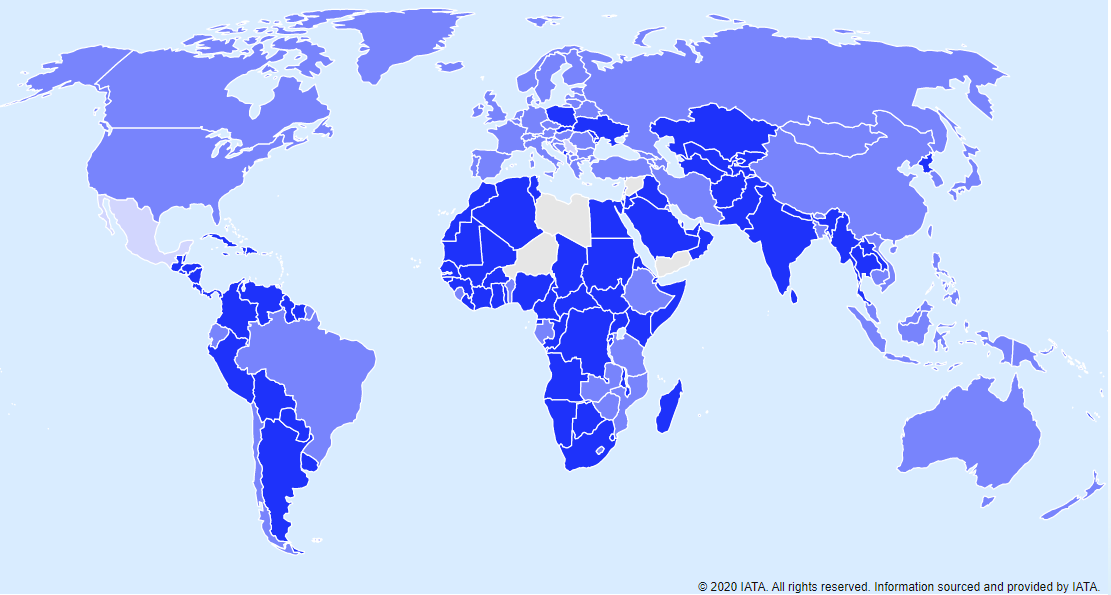
Obviously, things will be different for a while. Many destination resorts will be only partially open and enforcing social distancing. Hotels have been hit hard by the pandemic and the industry almost immediately set about setting high standards for cleaning and sanitizing their facilities in order to gain public confidence again.
In order to survive in the long-term, most hotels require a minimum 60% occupancy rate and in high-demand/high-cost areas that might be closer to 75%. When I sold my six-room B&B in Key West in 1999, I had an annual occupancy rate of 97% with weekly revenue of around $4,000 in the offseason and about $6,500 during season. Imagine the losses hotels are taking with a 36% occupancy rate on 100 rooms!

More people are buying travel insurance. What’s it going to take to get people traveling again? Well, as noted above, many want a COVID-19 vaccine before traveling again. But another important thing that most people have ignored in the past is travel insurance.
I remember flying back and forth between Washington, D.C. National (now Reagan National) and Montana during the ’80s and coming across flight insurance kiosks at the airport. They were sort of like an ATM but issued flight insurance for those who were convinced they were going to die on their next trip.
You don’t see those kiosks anymore and travel insurance has replaced flight insurance to cover not only the very unlikely airplane crash but everything from lost baggage to car rentals and cruise cancelations to repatriation in case of severe illness while traveling.
Travel insurers are seeing a huge uptick in demand for the high-end travel insurance offering “cancel for any reason” coverage. This is the type of coverage we have for our December river cruise from Amsterdam to Basel.
No doubt tens of thousands of travelers had wished they had such coverage when they had to start canceling their travel plans this year. Many people are willing to travel but want this type of insurance to remove some of the uncertainty.
According to Reuters, industry leaders have said that people booking over the last week were paying about 40% more for travel insurance than in the past to have the ability to cancel at the last minute without incurring financial losses.
For instance, data from Squaremouth (a sort of booking.com for insurance) shows that any-reason travel insurance coverage exploded by 680% compared with a year ago. One insurance source in the article said that while a majority of their clients said they would travel within the next three months, “…72% said they would purchase insurance for trips abroad, up from 38% in 2018.”
As I said in my post entitled Does Flying Actually Put You At Risk for COVID-19, every traveler will make their own risk assessment and decide for themselves when, where and under what conditions they will begin traveling again.
That is a very personal decision based on health concerns, level of trust, who is traveling with you and where you’re traveling. Ultimately, avid travelers will begin to exploring again and it’s just a matter of when.
So… when and where will you travel next?
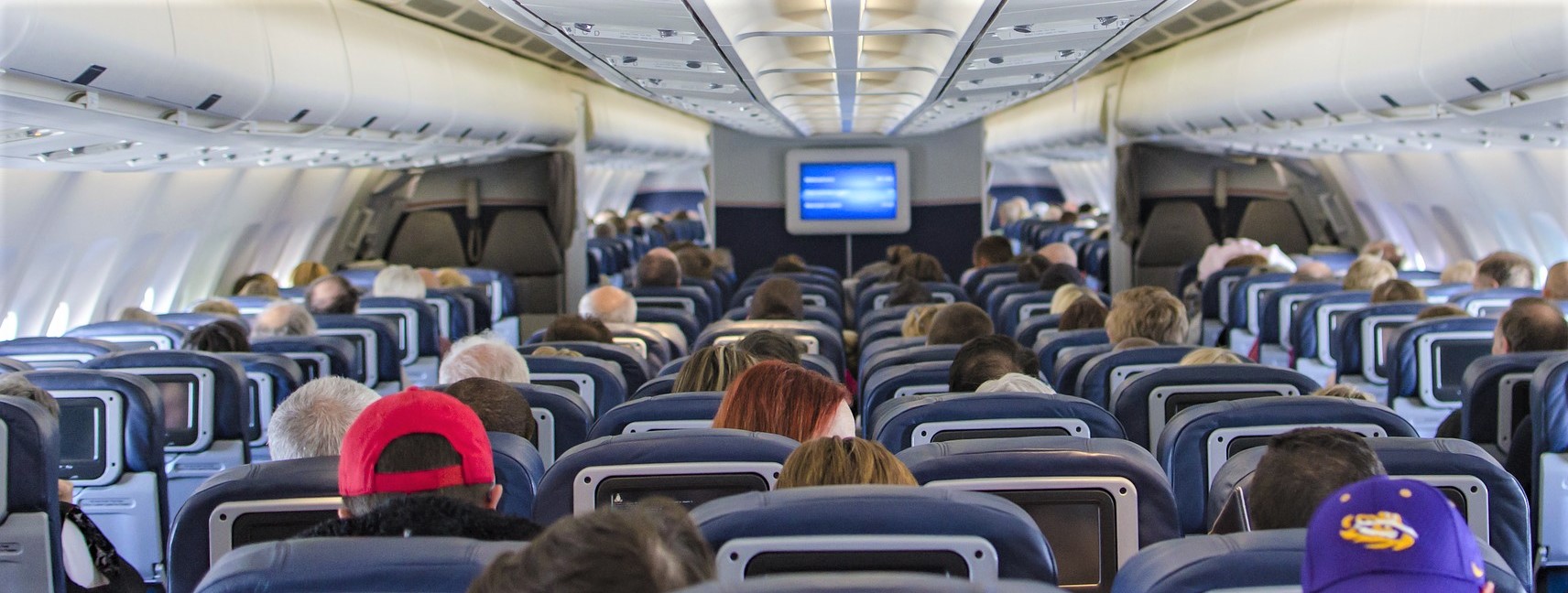
Featured photo by Anna Shvets from Pexels

As an avid traveler, Brian has explored and enjoyed cultural encounters in over 40 countries while spending many years refining The Points Game — using credit card sign-up bonuses and other tricks to get nearly free travel. Getting the most out of every trip is an art and Brian launched My Travel Traxx to help others enjoy the art of travel.

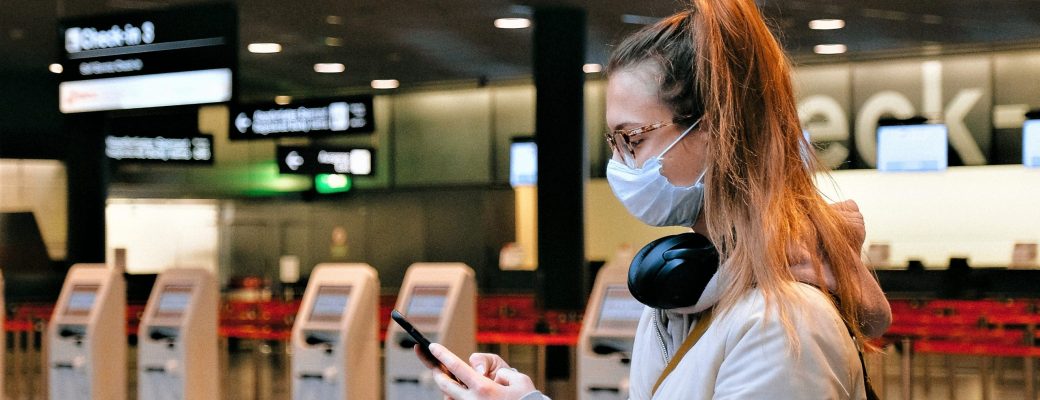
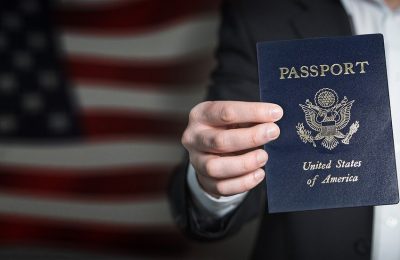
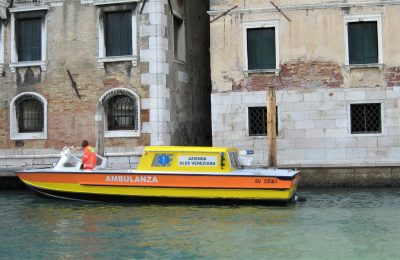

Comments (0)